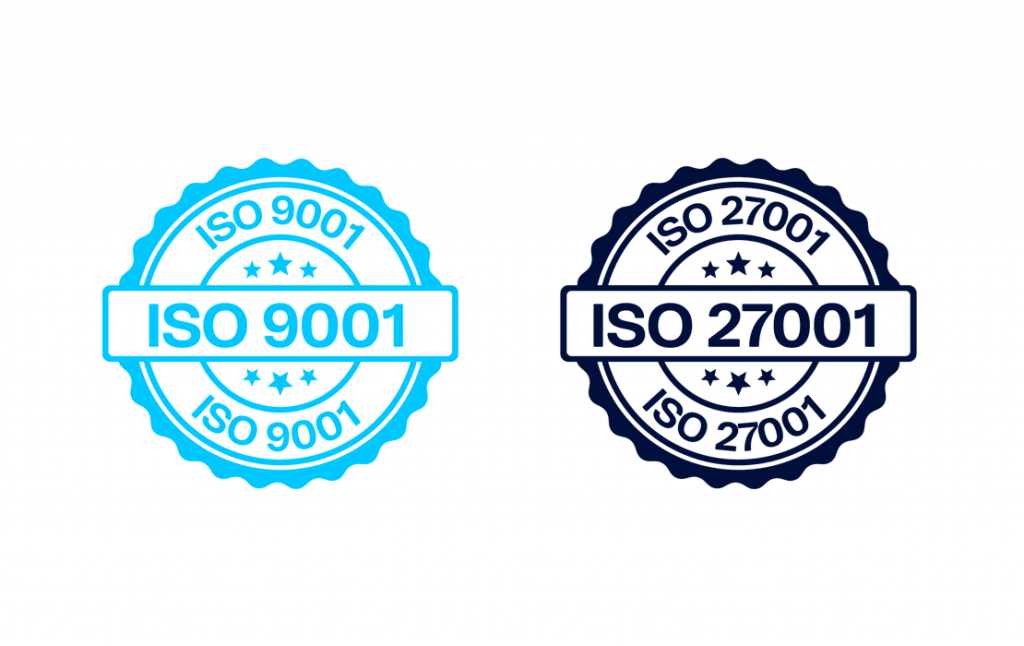The IoT is revolutionizing society across the globe, and the smart waste management sector is no exception. Applying IoT technologies to smart waste management is just one example of how cities are using connected devices and real-time data to optimize operations, reduce costs and improve safety.
But the possibilities extend far beyond sustainable waste collection. Discover how IoT is transforming various industries by exploring our collection of IoT use cases across transport & logistics, manufacturing, smart cities and utilities. See how businesses are utilizing connected technology to achieve real world results.
18% CAGR
Connected waste management revenue growth
80%
Cellular communications lead, covering 80% of connected waste collection points in 2023.
$2.91m
Connected waste devices will grow from 627,000 in 2022 to 2.91 million in 2032
Smart waste management covers everything from monitoring of trashcans, the fleets that collect and compact rubbish and how refuse handling facilities are managed. IoT waste management also encompasses sensors for waste water monitoring. City authorities, enterprises and consumers are all increasingly keen to minimize their environmental impacts by cutting waste and managing what waste remains more effectively.
Connected systems can help inform how much waste is being generated and what types of refuse are being discarded. Authorities can use this to aid their planning and also to fuel new initiatives to reduce waste. Market momentum is accelerating. According to analyst firm Berg Insight, the number of waste collection points fitted with smart waste sensor technology reached 1.25 million worldwide in 2023 (excluding China). Growing at a compound annual growth rate (CAGR) of 22.8%, the number will increase to 3.50 million by 2028.
As urban populations continue to expand smart city waste management needs to address the challenges of cleaning up litter, timely collection of refuse and issues such as overfilled and bad-smelling rubbish bins. Prevention of disease and pests is a priority and combining control systems and fill-level sensors with connectivity enables optimized collections with minimized costs and environmental impacts.
The challenge is to select solutions that are cost-effective and address the entire fleet of bins, collection vehicles and facilities across a city. By doing so bins can be located, moved, emptied, cleaned and returned to service with minimized downtime.
Smart waste management utilising IoT technologies is deployed in numerous ways to address unhygienic, ugly and expensive clean-up situations. The benefits include:
Smart waste management using IoT systems typically communicate relatively infrequently and with low data. Cellular LPWA technologies, such as NB-IoT and LTE-M, are enabling connectivity for smart waste sensors at a cost that is strengthening the business case for smart waste collection. Cellular communications are the most popular connectivity choice for connected waste collection points accounting for more than 80% of the market in 2023.
Cellular connectivity, predominantly in the form of 4G, provides a reliable, ubiquitous means to connect connected trashcans, spanning both cities and rural locations. As 2G and 3G networks retire, smart waste management projects will utilize LTE Cat-1 connectivity for many of their applications, turning to higher performance variants and ultimately 5G for managing smart waste management fleet tracking, for example.
Telenor’s Managed IoT Connectivity services can be provided to smart bins via pre-integrated Global IoT SIM cards to simplify deployments and enable a standardized solution to be adopted across the entire fleet of trashcans. For smart cities and smart waste management projects, Telenor IoT Complete can build and manage your IoT infrastructure under one roof, handling everything from device connectivity to the end user interface with all the monitoring and management tools needed to operate successfully.
You can explore more IoT case studies within Smart Cities or download Telenor´s Customer Cases booklet.
Overflowing trashcans, pests, foul odours and unattractive piles of rubbish are things of the past for locations that adopt smart waste management. The connectivity replaces the need to empty trashcans on a fixed schedule regardless of whether they are full or not. Instead, bins can be emptied according to how full they are. This process is aided by analyzing how quickly specific trashcans are filled.
Systems can then efficiently predict when a garbage truck should roll and route it correctly, minimizing inefficiency. A key benefit is that this contributes to sustainability with lower emissions and reduced fuel consumption. Integration of connected trashcans into wider smart city initiatives can make significant improvements to citizens’ quality of life while also helping to attain sustainability goals.
Ready to simplify your IoT deployment? Talk to our connectivity experts!


